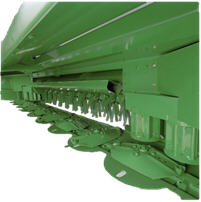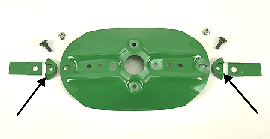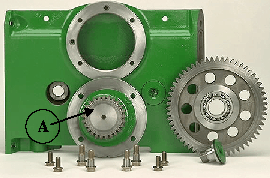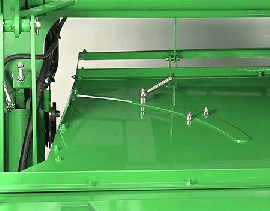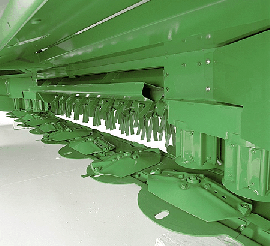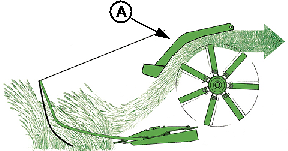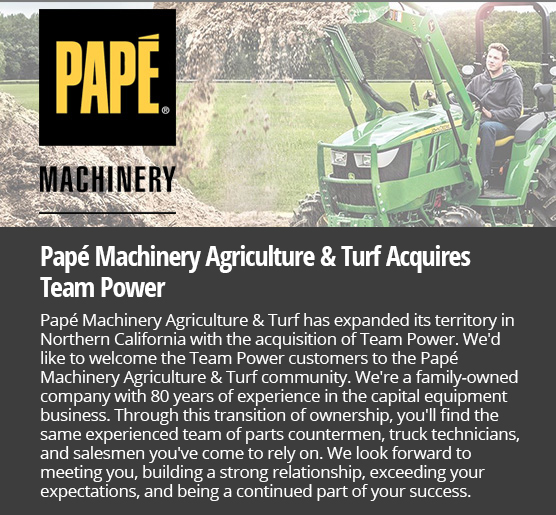995 Rotary Platform
- John Deere
- Windrowers
Key Features & Specs
- John Deere-designed rotary cutterbar
- Patented diagonally cut module
- Hydraulic cutterbar angle adjustment
- Adjustable impeller conditioning hood

Dimensions
| Cutting width | 5 m 16 ft |
| Windrower width (depending on crop conditions) | With roll conditioner 91-216 cm 36-85 in. With impeller conditioner 114-216 cm 45-85 in. |
| Cutting height | 1.7-17.8 cm 0.7-7 in. |
| Weight | With impeller conditioner 2,135 kg 4,707 lb With fluted steel conditioner 2,371 kg 5,229 lb With urethane conditioner 2,263 kg 4,990 lb With Tri-Lobe conditioner 2,426 kg 5,350 lb |
| Overall width (transport) | 5 m 16.3 ft |



